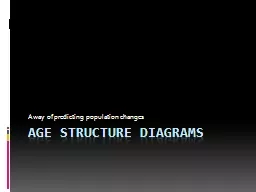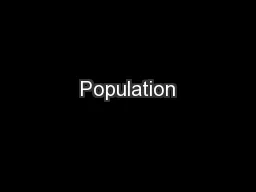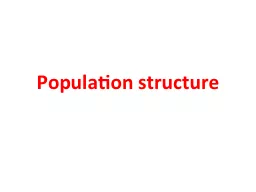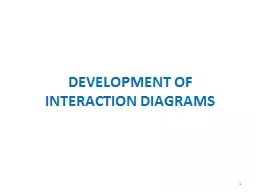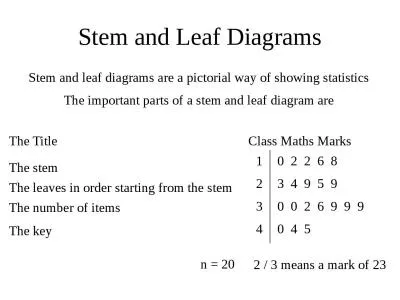PPT-Age structure diagrams A way of predicting population changes
Author : debby-jeon | Published Date : 2018-09-16
POPULATION STRUCTURE The population pyramid displays the age and sex structure of a country or given area Population in Five Year Age bands Usually but not always
Presentation Embed Code
Download Presentation
Download Presentation The PPT/PDF document "Age structure diagrams A way of predicti..." is the property of its rightful owner. Permission is granted to download and print the materials on this website for personal, non-commercial use only, and to display it on your personal computer provided you do not modify the materials and that you retain all copyright notices contained in the materials. By downloading content from our website, you accept the terms of this agreement.
Age structure diagrams A way of predicting population changes: Transcript
Download Rules Of Document
"Age structure diagrams A way of predicting population changes"The content belongs to its owner. You may download and print it for personal use, without modification, and keep all copyright notices. By downloading, you agree to these terms.
Related Documents

